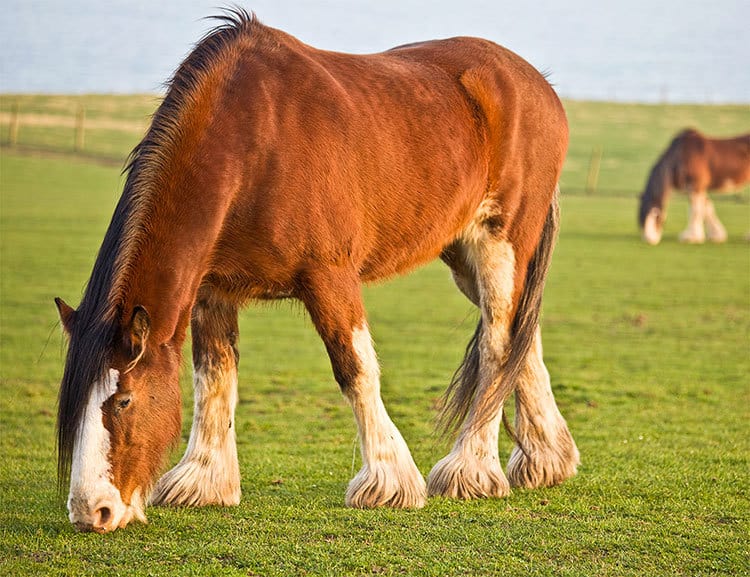Feed the Breed: Consider Breed, Type When Designing Equine Diets

Whether donkey or draft, pony or horse, equid class dictates proper diet
Donkeys aren’t ponies. Ponies aren’t short horses. And drafts aren’t oversized lightbreeds. We know not all equids are created alike, but we’re not just talking about their height and shape. Certain breeds and types of horses are prone to metabolize their food slower or faster than others or develop diet-related disorders. In a recent study, for instance, researchers from the University of Melbourne, in Australia, discovered that different equine breeds have different insulin responses to oral glucose (insulin helps transport this crucial energy source throughout the body). Insulin levels can contribute to a variety of conditions, such as equine metabolic syndrome (EMS), insulin dysregulation, and laminitis.
In short, we must consider the breeds of our horses and ponies when planning their diets. Let’s take a look at what we currently know about feeding major equid categories and where we’re heading.
Mules and Donkeys
The domestic donkey’s ancestors evolved as browsers and grazers, surviving on low-energy fibrous plants. “Donkeys would travel for many miles to obtain food, spending 14 to 18 hours per day foraging over distances of 20 to 30 kilometers (about 12 to 18 miles),” says Faith Burden, PhD, director of research and operational support at The Donkey Sanctuary, in the U.K. Modern-day donkeys rarely have the opportunity to perform this combination of natural behaviors
Create a free account with TheHorse.com to view this content.
TheHorse.com is home to thousands of free articles about horse health care. In order to access some of our exclusive free content, you must be signed into TheHorse.com.
Start your free account today!
Already have an account?
and continue reading.
Written by:
Kristen M. Janicki, MS, PAS
Related Articles
Stay on top of the most recent Horse Health news with















